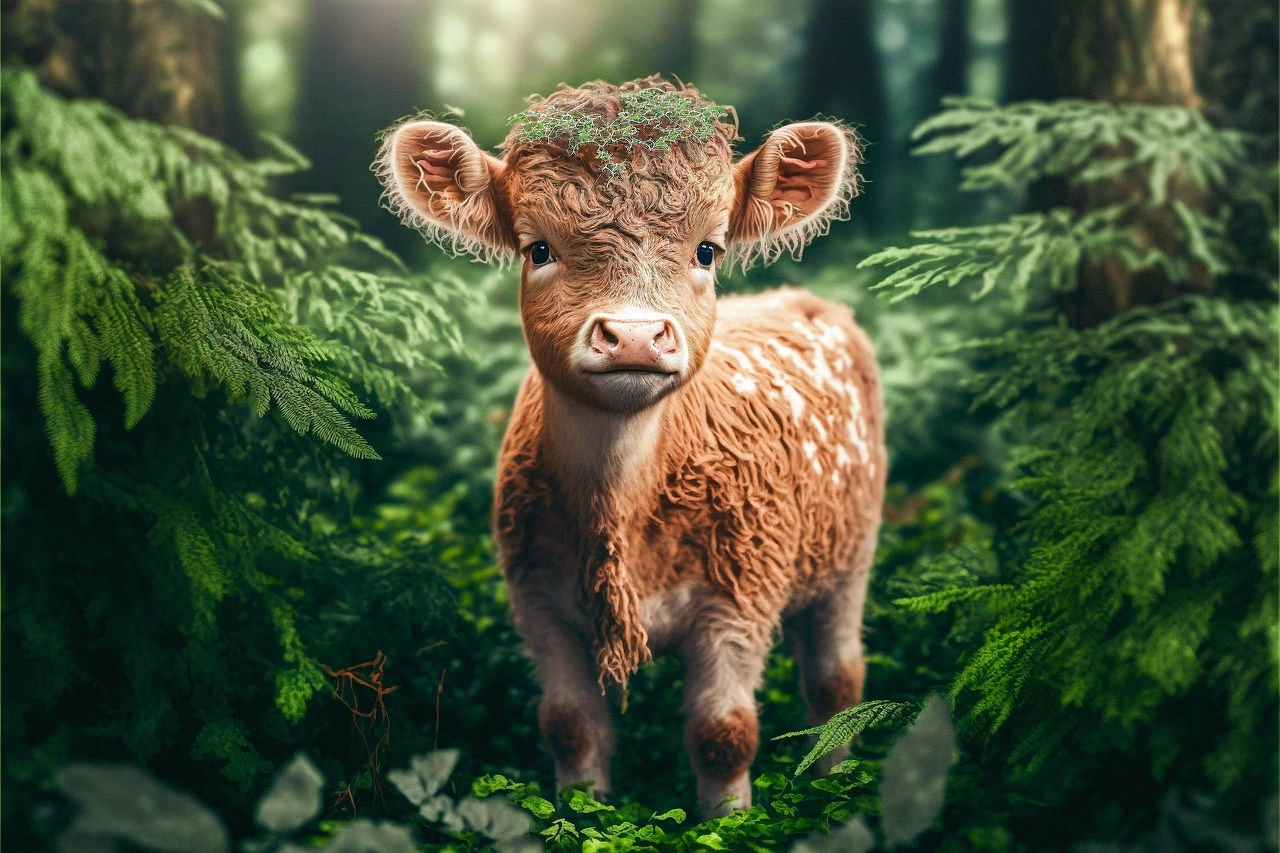“Google’s Veo 3 AI Video Generator Sets New Standard for Rea
May 24, 2025 | by Olivia Sharp

Google’s Veo 3 AI Video Generator Sets New Standard for Realistic Content Creation
The release of Google’s Veo 3 marks a pivotal leap in the timeline of creative artificial intelligence. Years of research, iterative improvements, and a crescendo of demand for high-fidelity synthetic content have led to this moment—a generative video model that convincingly blurs the line between reality and digital creation.
What Sets Veo 3 Apart? A Technical Perspective
Video generation, long considered the “holy grail” of generative AI, can easily slip into the uncanny valley or fall apart in motion continuity. Unlike its predecessors, Veo 3 leverages a multi-stage diffusion backbone, supported by deeply nuanced scene understanding and temporal stability. In practical terms:
- Ultra-realistic textures and lighting: Veo 3 simulates the intricacies of natural environments, from the way sunlight shimmers on water to the subtle gradients across human skin.
- Fluid, coherent motion: Action, whether it’s a bird taking flight, a bustling city, or expressive facial gestures, is rendered with cinematic smoothness and minimal artifacting.
- Semantic prompt control: Users can guide style, mood, and even camera perspective with textual commands, combining creative intent with technical execution.
Real-World Applications & Ethical Use
As an AI researcher passionate about bridging innovation and responsible design, I see Veo 3 as a game-changer across industries:
- Marketing & Branding: Teams can rapidly produce customized, audience-specific content—swapping backdrops, moods, or thematic elements on demand. Instead of weeks in a studio, high-quality ads or sizzle reels are generated in hours.
- Film & Animation: Indie filmmakers and established studios alike gain affordable access to sophisticated pre-visualization, special effects, and even full scene generation, regardless of budget or physical constraints.
- Education & Training: Imagine safety training videos, historical reenactments, or personalized explainers created in any scenario, seamlessly updated as requirements evolve.
However, this technology’s power also demands foresight. Deepfake risks, misinformation, and questions of authorship are not hypotheticals—they are ongoing challenges. Google, in releasing Veo 3, has embedded transparency watermarks and robust usage policies, but the conversation about ethical AI content creation must remain as innovative and persistent as the technology itself.
My Perspective: Why Veo 3 Matters Now
Having evaluated a range of generative video solutions over the years, I’ve grown both impressed by their promise and cautious of their pitfalls. Veo 3 raises the bar with an unprecedented harmony of realism, control, and scale, delivering not just content but context. It lowers barriers for emerging creators while giving enterprises the agility they crave. For educators, marketers, and artists, the ability to create nuanced narratives without the bottleneck of production resources is nothing short of liberating.
Looking Ahead
Already, early adopters are discovering the difference Veo 3 makes when paired with ethical guidance and genuine creativity. From empowering voices in underrepresented communities to streamlining brand identity at scale, the tool puts extraordinary power into the hands of those willing to use it wisely.
As we enter a new era where the fabric of visual media is woven from both photons and code, the responsibility—and the opportunity—to shape how AI-generated content enriches our world has never been greater. With tools like Veo 3, the frontier has never looked so vivid, or so promising.

RELATED POSTS
View all



